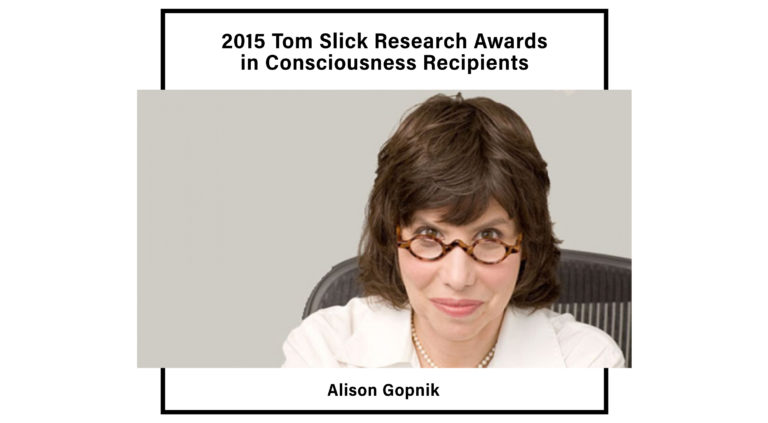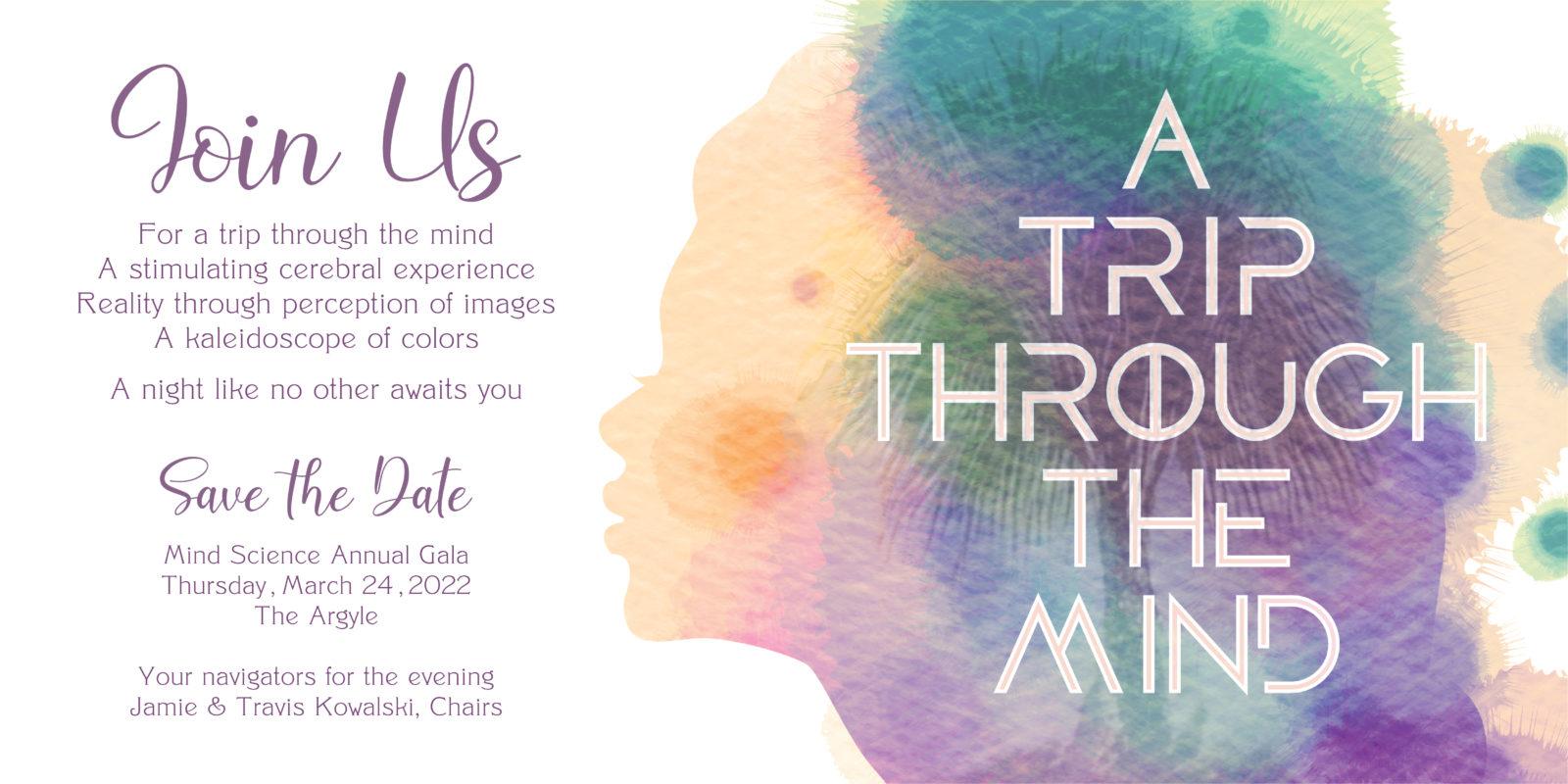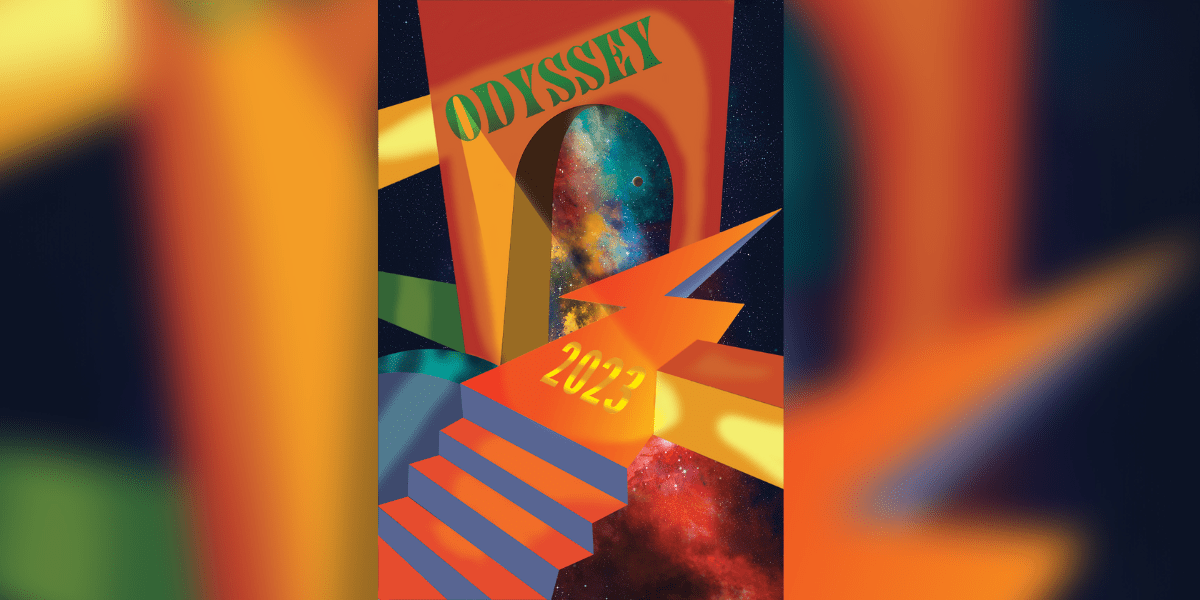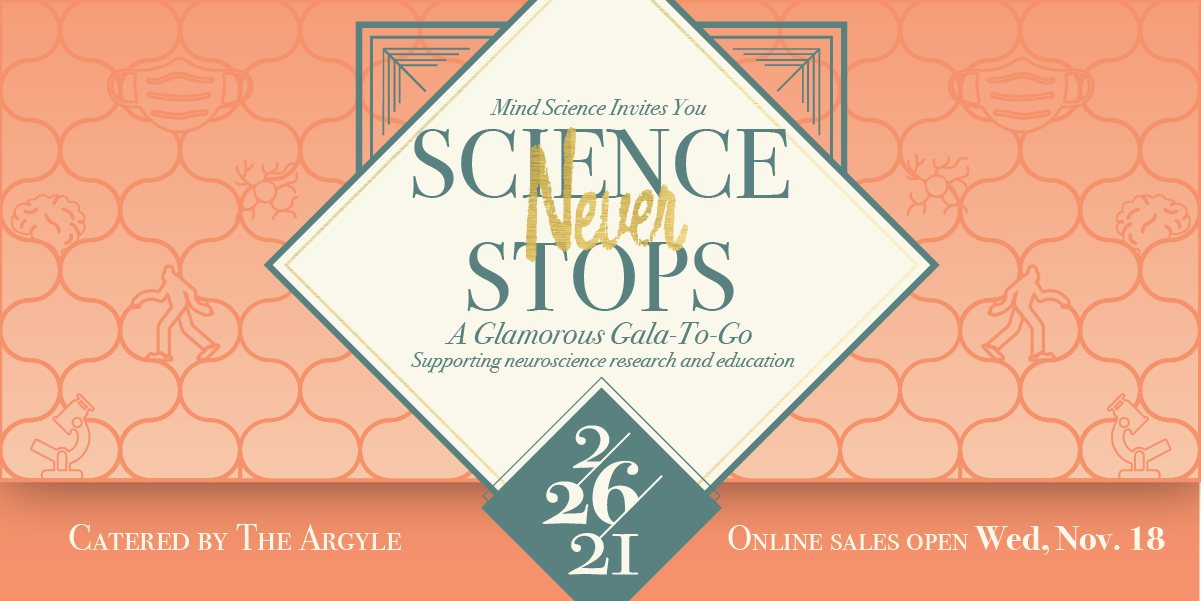2015 Tom Slick Research Awards in Consciousness

The Scientific Advisory Committee of the Mind Science Foundation recently announced their choice for the 2015 Tom Slick Research Awards in Consciousness. The MSF has long supported research into the neural correlates of consciousness, and these are almost without exception based on the adult experience of consiousness. This year’s winner, Alison Gopnik, reseracher at University of California at Berkeley, and her colleagues received funding for a project seeking to under the conscious experience of small children. She rightly concludes that the study of consciousness must include the young, and the Foundation looks forward to the results of her team’s work.
Children’s visual awareness: holistic ensemble coding vs object focused attention
Alison Gopnik, Ph.D.
David Whitney, Ph.D
University of California, Berkeley
Timothy Sweeny, Ph.D.
University of Denver
What is it like to be a child? How does the world look to them? In spite of much research on adult correlates of consciousness, we know very little about the conscious experience of young children. Typically, philosophers have assumed that children’s consciousness must be more limited or impoverished than that of adults’. Indeed, many functional features that are correlated with adult consciousness, like executive control and focused attention, are much less apparent in children. In this project we explore an alternative hypothesis—that children’s visual experience might be different than, but not inferior too adult visual experience. In particular, we explore whether children’s consciousness might operate at a broad, more diffuse level, allowing them to appreciate the collective properties of their world (i.e. the “gist”) despite limited access to the details. This may seem surprising, since some theories of consciousness suggest that our Gestalt sense of seeing a vast and complete world is merely an illusion, and that the content of awareness is limited to the small number of details and objects to which our working memory provides us access. Recent work with adults, however, challenges this assumption, and shows that gist phenomenology relies on the operation of a dedicated visual mechanism known as ensemble coding. Ensemble coding operates parallel to, and separately from, access to the details. Here, we determine, for the first time, whether children are able to engage this important gist perception mechanism. In doing so, our work will provide novel and long-overdue evidence that children’s conscious experience is either richer or even more limited than previously thought. As such, our results should have far-reaching implications, not just for characterizing the development of ensemble coding for the first time, but also for providing new insights into the phenomenology of visual experience in childhood.



